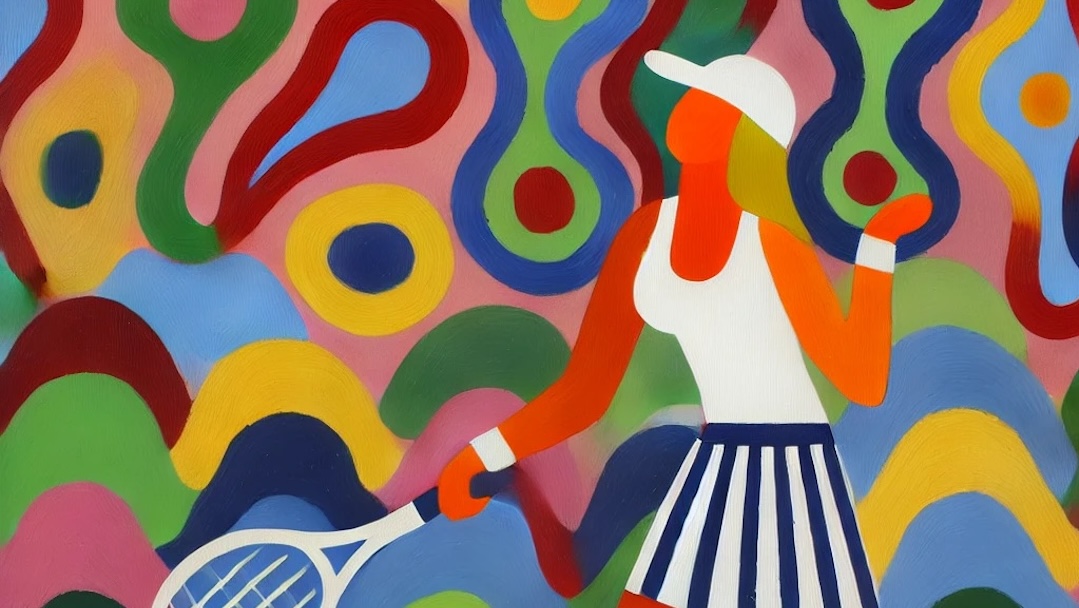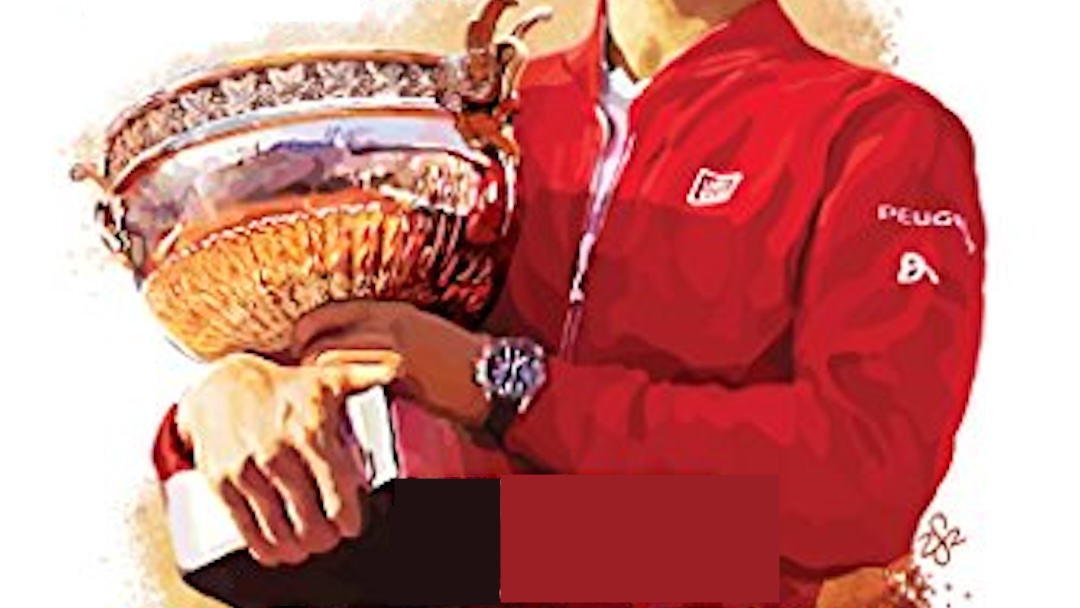Throughout 2025, we are spending the first full weekend of each month with posts inspired by Gretchen Rubin’s New York Times bestselling book, The Happiness Project. Rubin’s yearlong journey explored different dimensions of happiness through monthly themes, each paired with practical strategies for intentional living. This month’s theme is friendship—a cornerstone of emotional well-being and a vital component of a joyful life. Yesterday’s post reflected on how tennis friendships are built much like successful matches: through consistent effort and intention. Today, we continue the conversation by focusing on deepening those relationships by being generous with our time.
This week, I happened to catch an interview with Cassie Holmes, a UCLA professor who was the lead researcher in a study that found investing time in others can actually make us feel like we have more of it. Their study, Giving Time Gives You Time, demonstrates that being generous with that resource not only boosts subjective well-being but also creates a sense of abundance. It is a psychological contrast to the scarcity that so often leads to stress and disengagement, and a paradox worth embracing. Spending time on others can make us feel as though we have more for ourselves.
This has obvious implications for friendships. Being generous with our time—whether that means hitting balls with a teammate before a big match, sticking around to cheer on a friend in the next round, or simply listening without rushing off, nurtures deeper connections. Tennis friendships are often formed during off-court moments in those spaces where generosity and presence matter most.
However, this idea also extends to the broader tennis ecosystem. When we volunteer to run events, organize teams, help with junior programming, or even write detailed blog posts (not to be oddly specific), we are investing time into a community infrastructure that allows tennis to thrive. That work tends to attract others who are similarly committed, and over time, those collaborations often evolve into friendships rooted in shared values and ideals. The mutual generosity of time creates a sense of belonging that’s hard to replicate in transactional environments.
While I arguably already devote a fair amount of time to supporting tennis through this blog and various volunteering roles in my USTA Section, I look forward to deepening that investment. I expect that supporting those spaces won’t just enhance tennis for others, but also enrich my relationship with the sport. That work builds friendships by creating a network of people bound by purpose, generosity, and joy. If that research study is true (and I believe it is), I will emerge from it all feeling like I have more time than I did before.
Tomorrow, we’ll close out this weekend on the theme of friendship with a look at the concept of being fully present for others. Sometimes it’s not the quantity of time that matters most, but how we use it.
Fiend At Court participates in the Amazon Associates program and receives a paid commission on any purchases made via the links in this article. Details on the disposition of proceeds are available on the “About Fiend at Court” page.
Throughout 2025, I am dedicating the first full weekend of every month to exploring how ideas from Gretchen Rubin’s The Happiness Project (<- Sponsored Link) can spark greater enjoyment and happiness in tennis. This is a non-tennis book that I have come to believe everyone should read. Seriously, you should get your hands on a copy of this book and consider trying some of the techniques described by the author.




